Comparing The Most Popular Virtual Reality Headsets
Getting into the virtual reality scene can be an exciting yet overwhelming experience. When the technology first became available, there were only a couple of headsets to choose from, making the buying process much easier. Today, other companies have had time to catch up and put their own contenders on the market.
Virtual reality headsets can be quite an investment, so you want to make sure you are purchasing one that meets your expectations. A few things to take into consideration are the price, visual quality, ease of movement, and comfort just to name a few.
Today's most popular VR headsets have their individual perks and setbacks, most of which I've outlined below. By the end, you should have a better idea of which headset fits your needs and budget.
Oculus Quest 2
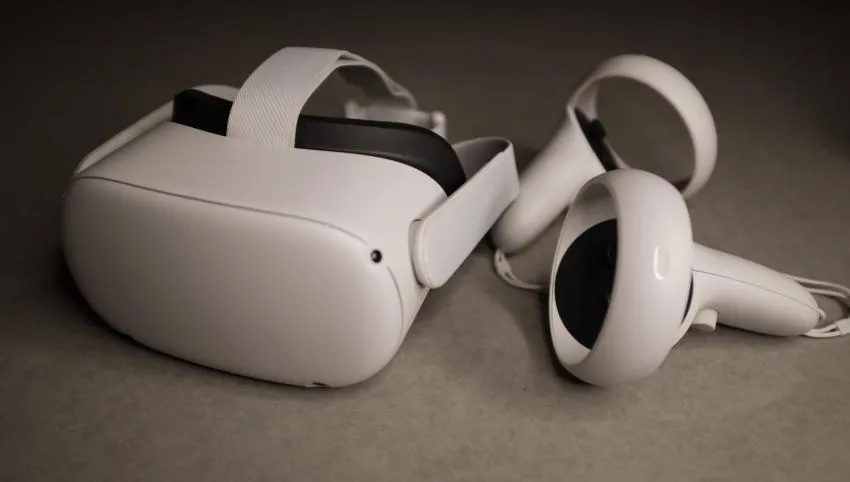
Facebook's Oculus is arguably the most recognizable VR brand. When virtual reality first started gaining an audience, I remember the first VR headset I heard about was the Oculus Rift (more on that headset later). Since then, the company has put out multiple different models with varying improvements. They eventually branched off from the Rift and introduced the all-in-one standalone Quest. This was later improved and released as the Quest 2.
The fact that no PC is required to use the headset is a huge selling point for most. Most VR headsets require a VR-compatible PC to run the games, as it's difficult to process the amazing graphics, audio, and more without external help. Although PC connection is purely optional with the Quest 2, it is possible! For a little extra cash, you can use Oculus Link to connect the Q2 to your PC.
While the Quest 2 game library is full of entertaining titles, it is limited. However, connecting the headset to a PC via Oculus Link will give you access to all of the Rift games, expanding the possibilities. Regardless of which store you use (or both), this headset requires the user to download the Oculus smartphone app to set up and cast to external screens. Headset-specific games can be purchased through the app as well.
All VR headsets claim to have the most comfortable design, and the Quest 2 is no exception. This headset comes with an adjustable soft strap around and over the head. However, as an owner of this device, I do have to say that it can be difficult to adjust the straps sometimes. Adjust it tight to your face, and it will quickly become uncomfortable even with the foam insert. Adjust it more loosely, and the headset doesn't stay put, reducing the visual quality.
The Quest 2 has an LCD that boasts 1832x1920 pixels per eye. The 3D positional audio makes it sound like you are wearing earphones even if you aren't but somehow it doesn't sound too loud from the outside. At a price point of $299 for the model with 64 GB of memory, the Quest 2 would make a great starter VR set.
HTC Vive Pro 2
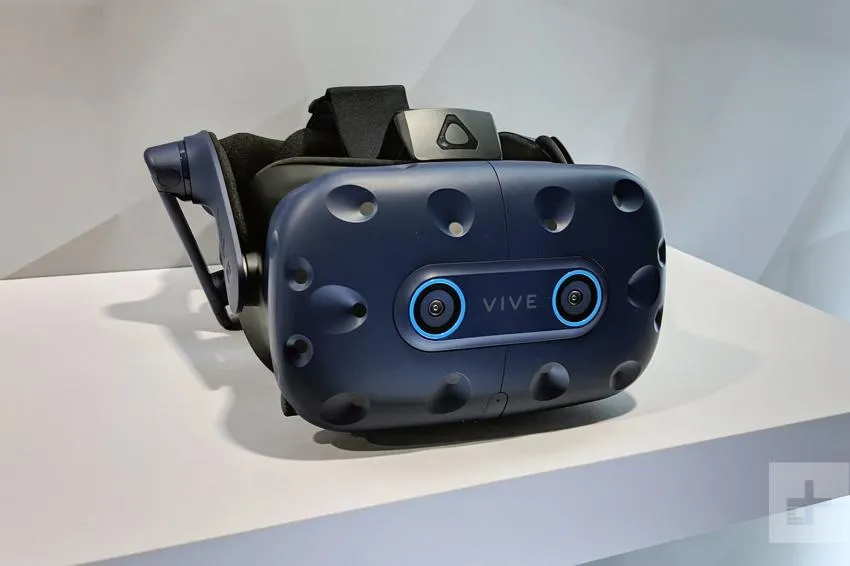
The HTC Vive Pro 2 is branded as a "professional grade" virtual reality headset, and rightfully so. With its high resolution 2448x2448 5K screen, adjustable built-in earphones, and 3D spatial sound, it blows the competition away. The Vive's beefed-up specs are the reason for its unmatched virtual reality experience. It has the highest resolution, audio quality, field of vision, and refresh rate of any other VR headset I've come across so far.
The downside to this headset is that a PC is required, and an additional wireless adapter must be purchased in order to move around freely. Also, having the best resolution, audio, field of vision, and refresh rate come with a hefty price tag — the new Vive Pro 2 will cost you about $799.
However, if you're not hurting for cash, this might be the best option. It is made for extended sessions and designed to be comfortable enough for the player to game with ease. The specs are unmatched and provide a VR experience like no other.
Oculus Rift S
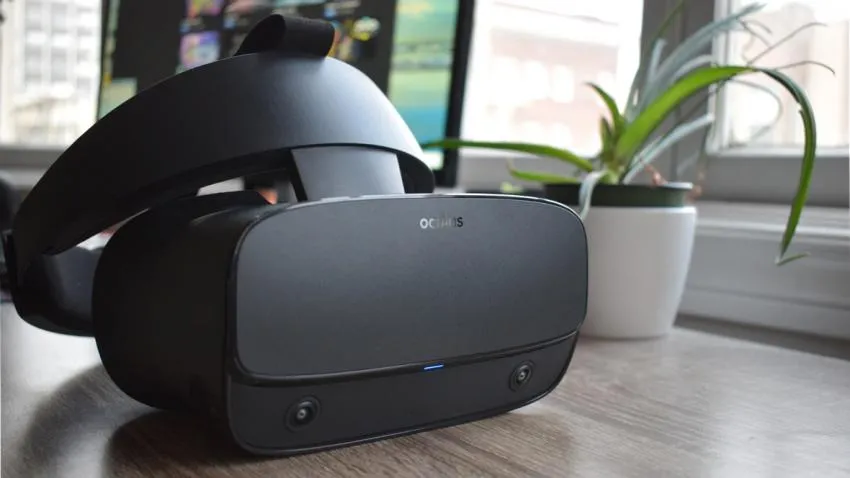
The Oculus Rift has undergone a handful of renovations before emerging as the new Rift S. Contrary to the Quest 2, the Rift S requires a VR-ready PC to use it. It boasts the same 3D positional audio and crisp LCD as the Quest 2, however, its resolution falls short at 2560 x 1440 (or about 1280x1440 per eye). Still, the VR experience is nothing short of breath-taking.
The advantage the Rift has over the Quest is its halo headband, which is more adjustable and comfortable than the soft strap. This headset was designed with longer sessions in mind, making it better for hardcore gamers. On the flip side, the controllers have a slightly different design than the Quest 2; they are slightly less comfortable and don't mold into your hand the way the Quest 2's do.
Both headsets have an average battery life of 2-3 hours, but the recommended play time is significantly higher on the Rift S, so I would imagine its battery might drain faster if as many breaks aren't being taken. The Rift S will run you about the same as the Quest 2: about $299.
PlayStation VR
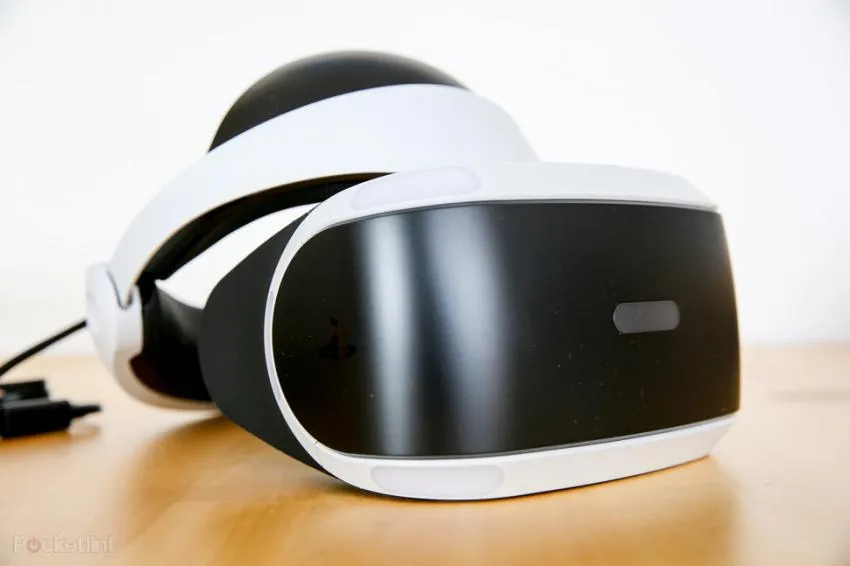
The PlayStation VR headset is unique in that you must already have one of the 2 most recent PlayStation systems to use it. Currently, this only works with the PlayStation 4. Apparently, there is a VR headset in development that will be compatible with the PS5 soon. If you don't have either of these systems and don't plan to get one, then this is definitely not the choice for you. If you do, however, then read on!
The PSVR has 3D audio and an OLED screen with a resolution of 960x1080. Although this is lacking compared to other brands, the headset makes up for it in other areas.
The game library for this headset boasts exclusive PlayStation titles as well as popular VR ones, which gives it special value. A large number of players try the PSVR to experience the popular space exploration game No Man's Sky in virtual reality. I've considered buying it myself for this very reason.
It is also unique in that you have two controller options: you can either use the Move motion controllers (PlayStation's version of regular VR controllers) or you can use the regular PlayStation controller. This is convenient for gamers who are already accustomed to using a singular controller and value the amount of control they have over movement.
Speaking of movement, the PlayStation Camera is required for motion detection, which is a pretty big disadvantage compared to competitors. The price of the PSVR varies depending on where you buy it from, but the most consistent price I could find was $399 for the headset alone. With the price point being this high, buyers don't really want to have to buy another piece of hardware.
Samsung Gear VR
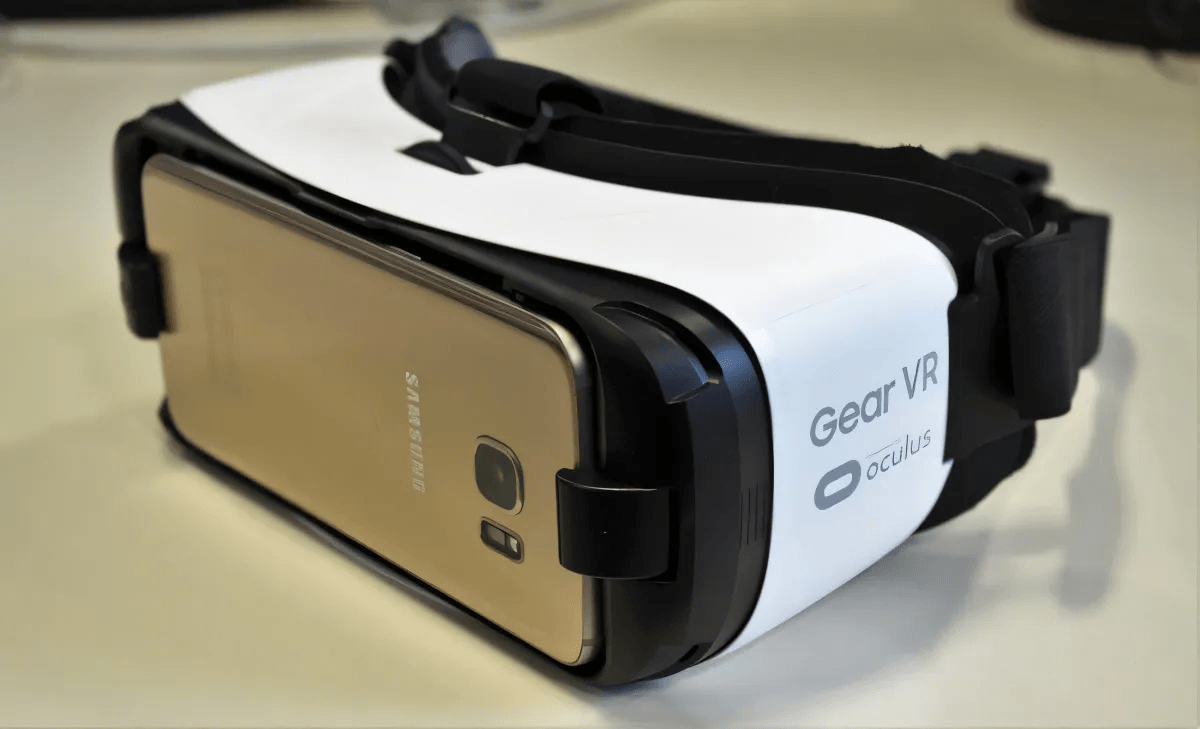
Last but not least, we have the Samsung Gear VR. Many people are surprised to find out that this headset is designed by Oculus, another VR company. What would lead anyone to help one of their competitors? Well, it seems they began developing this before deciding they would like to branch out and have a VR device in their own lineup.
This headset's appeal is that it is compatible with certain Samsung phones. Bringing VR to the mobile front is extremely smart; it's an easy way for people to get into VR using a device they are already familiar with. VR-compatible games and apps can be downloaded directly onto the smartphone, which is then connected to the headset via a USB port adapter.
Although the Gear doesn't have the best specs on the list, its specs are respectable and make for an enjoyable VR experience! This headset has a soft strap like the Quest 2, but I haven't heard any complaints about it being uncomfortable or unbearable. Its screen has a resolution of 1280x1440 per eye, the field of vision is reasonable, and the price point is pretty affordable: you can cop your own for about $129.
The thing that really sets the Gear apart from its competitors is the fact that it only utilizes one controller. Although I don't have a smartphone and personally have no desire to try this headset, I am curious as to how that would work.
Although the Gear isn't the fanciest piece on the list, it might be the best starting point if you'd like the experience without completely breaking the bank. Just make sure you have a compatible phone before buying!
Although these brands are the ones most likely to pop up if you research VR headsets, by no means are they the only option. If none of these headsets seemed to spike your interest, I would definitely recommend doing more research into the niche brands.
Out of the options above though, they all benefit a different type of buyer. The Oculus Quest 2 is great if you don't want any extra wires or extra equipment, and has a reasonable price. The HTC Vive Pro 2 is perfect if you want the highest quality VR experience possible, and you don't care about the price. The Vive is a great alternative to the Quest 2 if you prefer longer gaming sessions and comfort above all.
The PSVR is a great choice if you are a proud PlayStation owner and are yearning to try out a few console games in the VR landscape. Finally, the Samsung Gear is perfect if you are looking for a cheaper VR option and have a compatible Samsung phone.
All of the above are wonderful options, but as you can probably tell, the Quest 2 is the best option. It has great specs, can be enjoyed with just the headset alone with the option to connect to PC, and falls at a reasonable price!
Opinions and Perspectives
Quest 2's controller battery life is impressive. Been using the same batteries for months
The inside-out tracking on modern headsets is such an improvement over external sensors
I miss the OLED blacks from my old Rift. The LCD on newer headsets isn't quite the same
The field of view on the Vive Pro 2 makes such a difference in racing games
I use my Quest 2 for fitness games and it works great. No cables to worry about
Quest 2's resolution is good but the compression when using Link cable is noticeable
The Rift S tracking is more reliable than Quest 2 in my experience. Less stuttering
Interesting that Oculus helped develop the Gear VR. Didn't know that connection
I returned my Vive Pro 2 because the sweet spot was too small. Found myself constantly adjusting it
The Quest 2's ability to switch between standalone and PC VR is underrated. Best of both worlds
PSVR might be dated but playing Resident Evil 7 in VR was one of my best gaming experiences
The hand tracking on Quest 2 is a neat feature that wasn't mentioned in the article
Really wish the Rift S had wireless capabilities. The cable can be annoying during intense games
The audio on the Vive Pro 2 is incredible. Those built-in headphones make such a difference
My biggest issue with the Quest 2 is the limited storage. Games are getting bigger and 64GB fills up fast
Been using my Vive Pro 2 for work presentations in VR. The extra clarity makes text much more readable
The Quest 2's resolution is amazing for the price point. Can't believe they managed that at $299
I actually prefer the single controller setup on the Gear VR. Simpler for casual games
PSVR might have lower specs but those exclusive games make it worth it. Can't play Astro Bot anywhere else
Interesting comparison but you didn't mention the wireless adapter cost for the Vive Pro 2. That adds another $350!
I love my Rift S for PC gaming. The halo band is so much more comfortable than the Quest 2's default strap
The comfort issues with the Quest 2 are real. I had to buy an aftermarket strap to make it bearable for longer sessions
My Samsung Gear VR was a nice intro to VR but the Quest 2 is leagues ahead in every way
The fact that the Quest 2 requires a Facebook account is a major turnoff for me. Privacy concerns are real
I disagree about the Quest 2 being the best option. The Vive Pro 2's superior resolution makes a huge difference for immersion
Coming from PSVR, the Quest 2's tracking is so much better. No more camera setup needed!
The Quest 2 resolution is great but I find the battery life a bit disappointing. I can barely get 2 hours of playtime
Has anyone tried both the Quest 2 and Vive Pro 2? Wondering if the price difference is really worth it
I just got the Quest 2 and I'm blown away by how good it is without needing a PC. The standalone feature is a game changer for me
